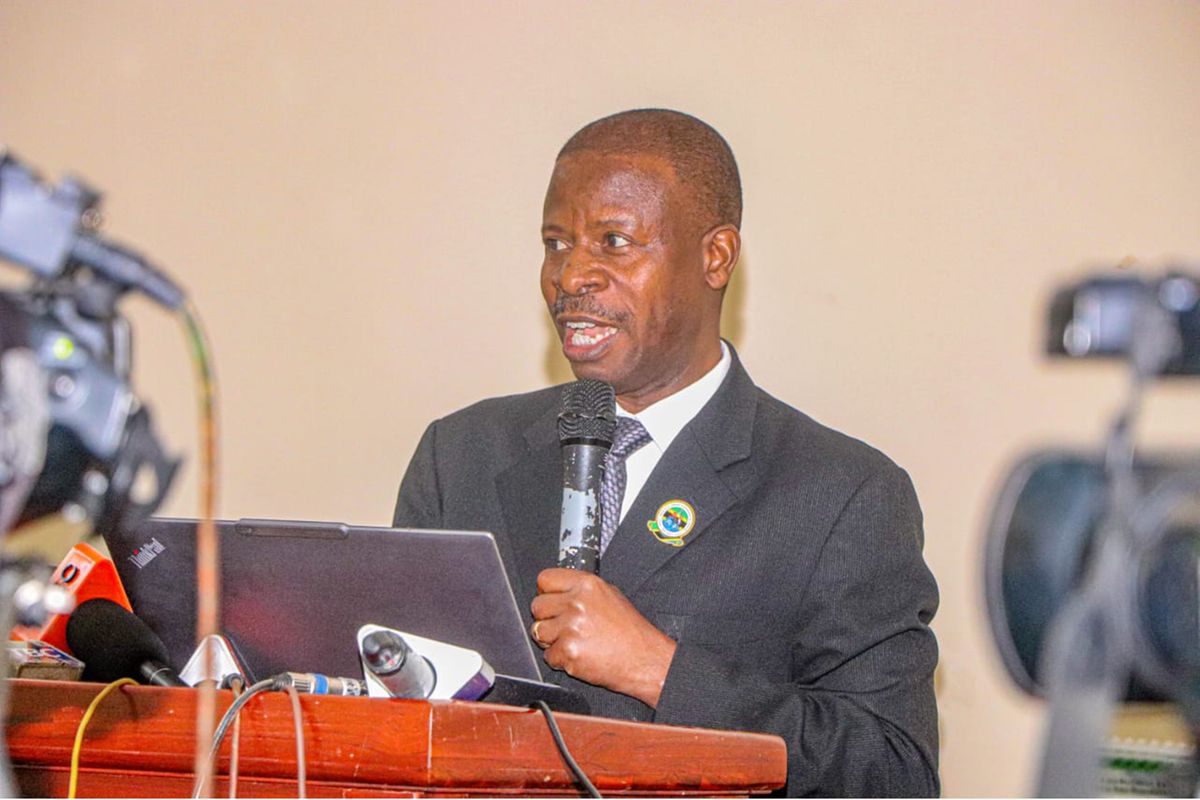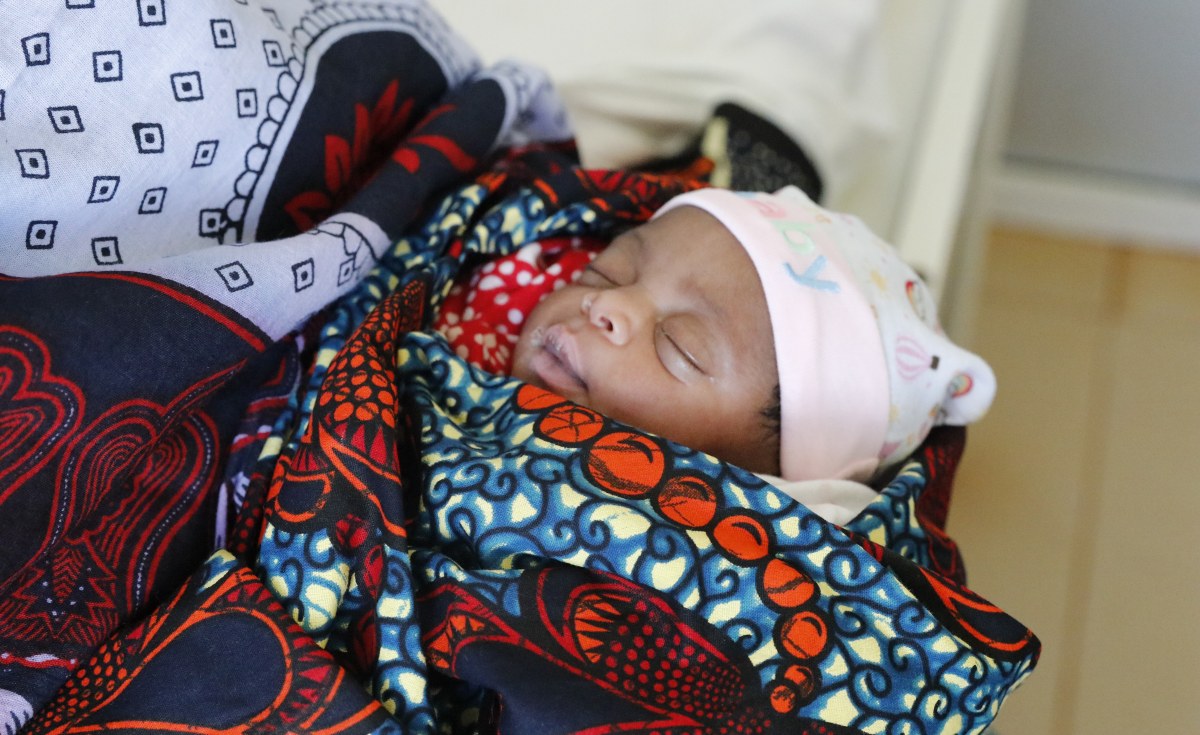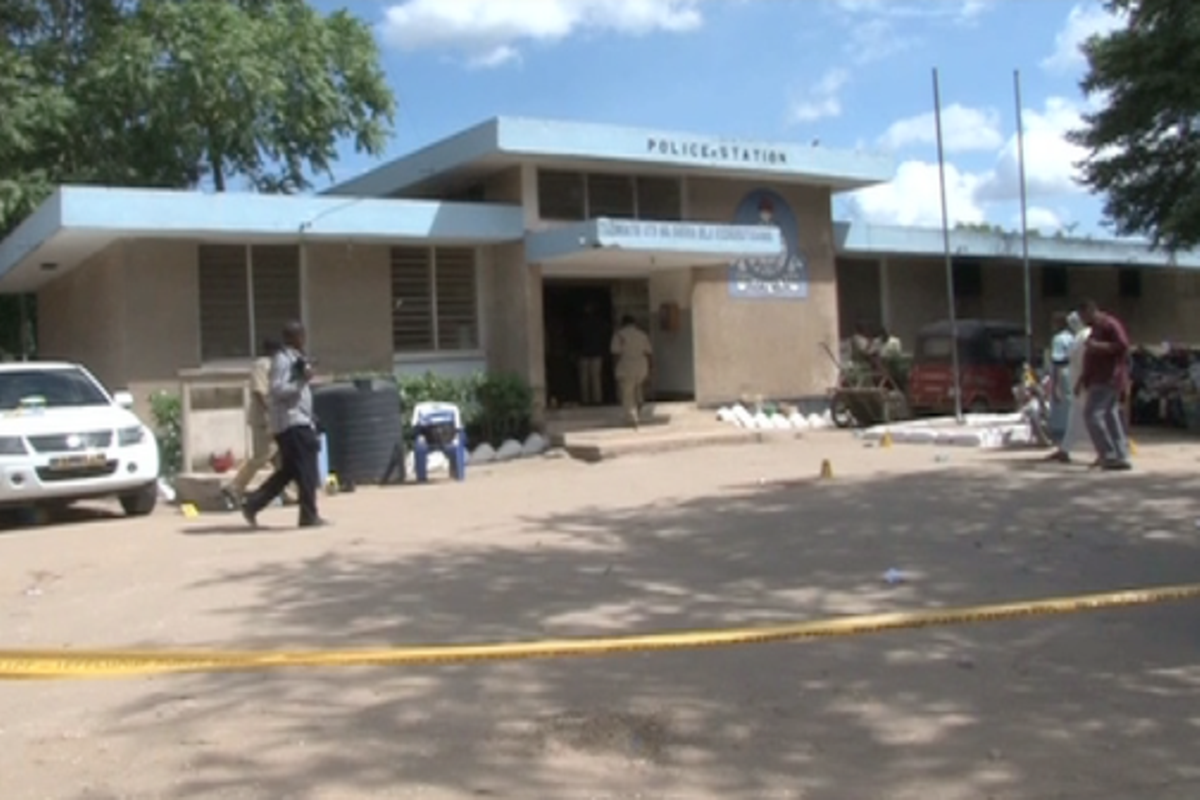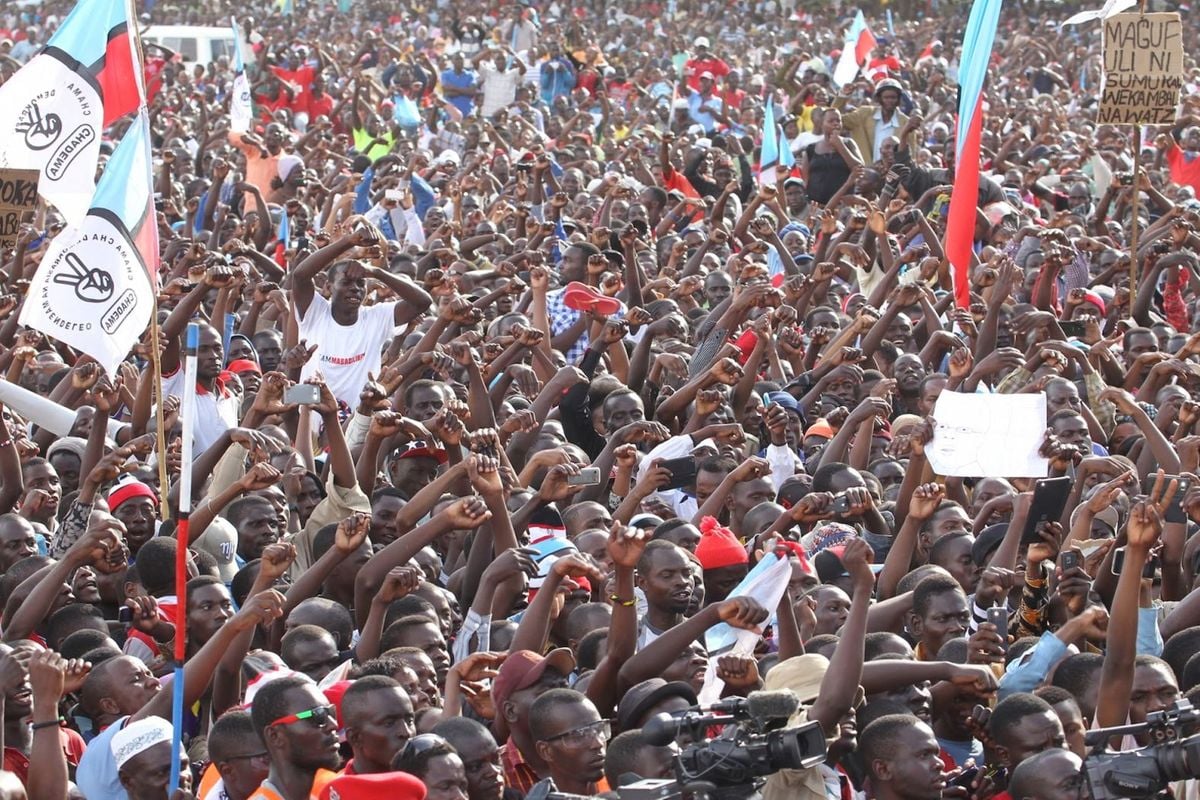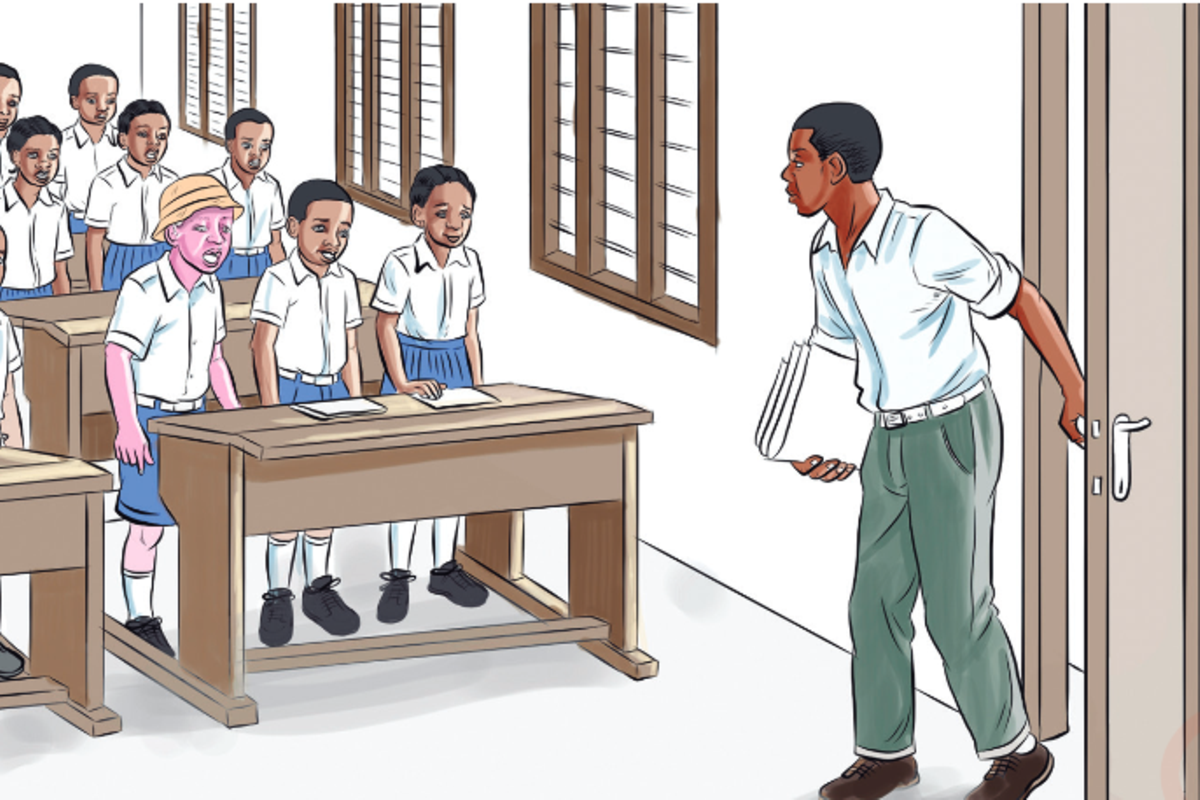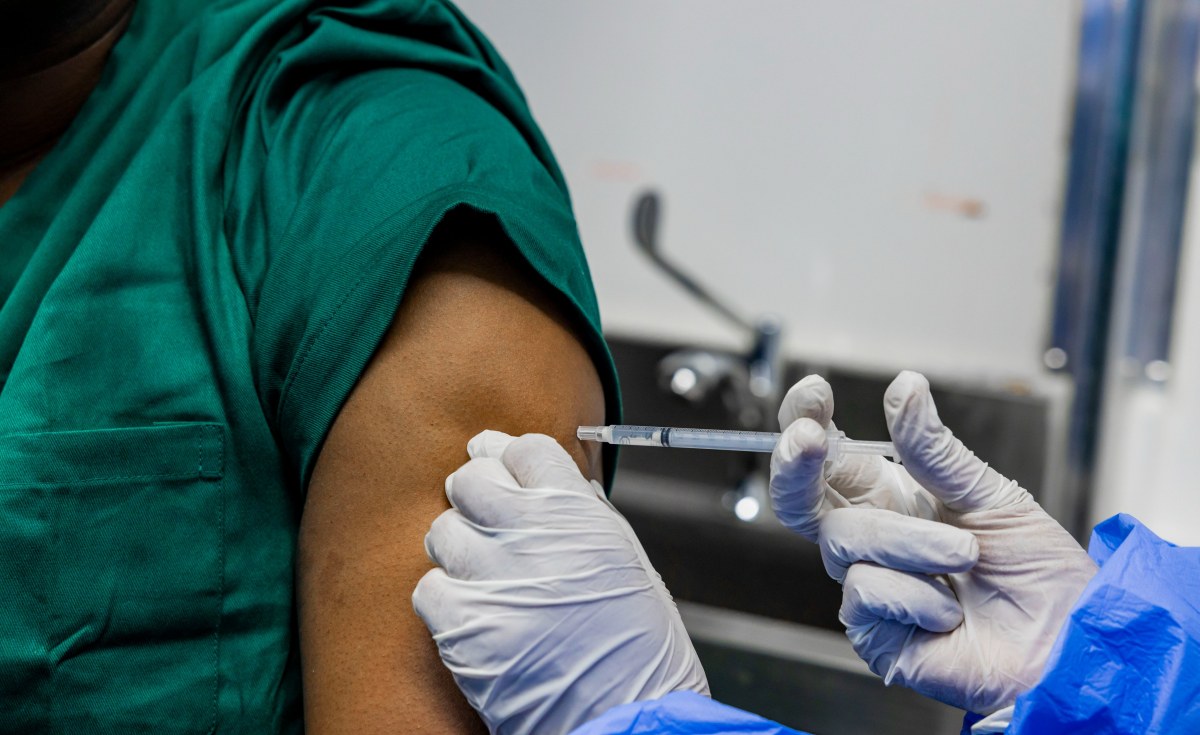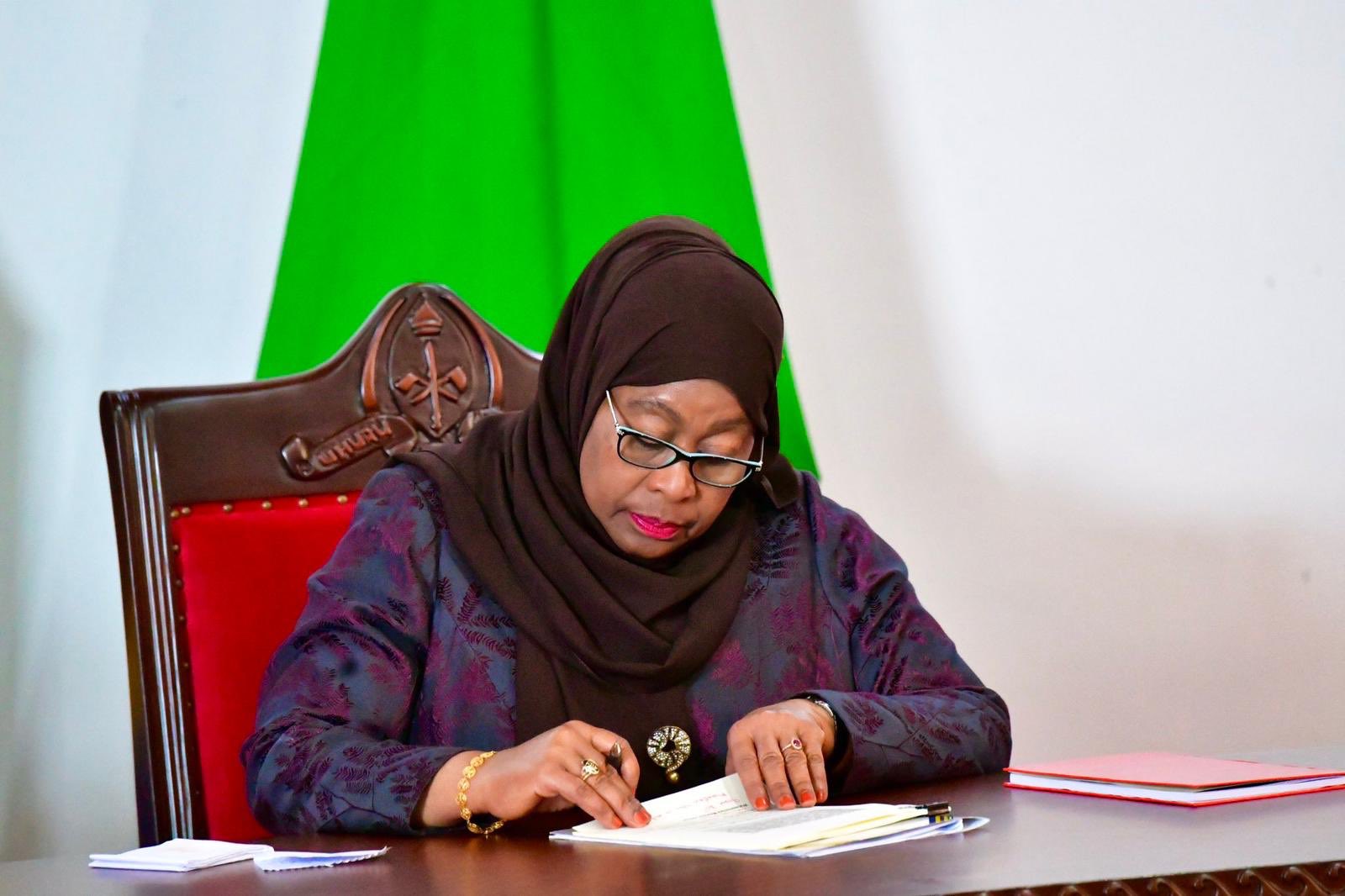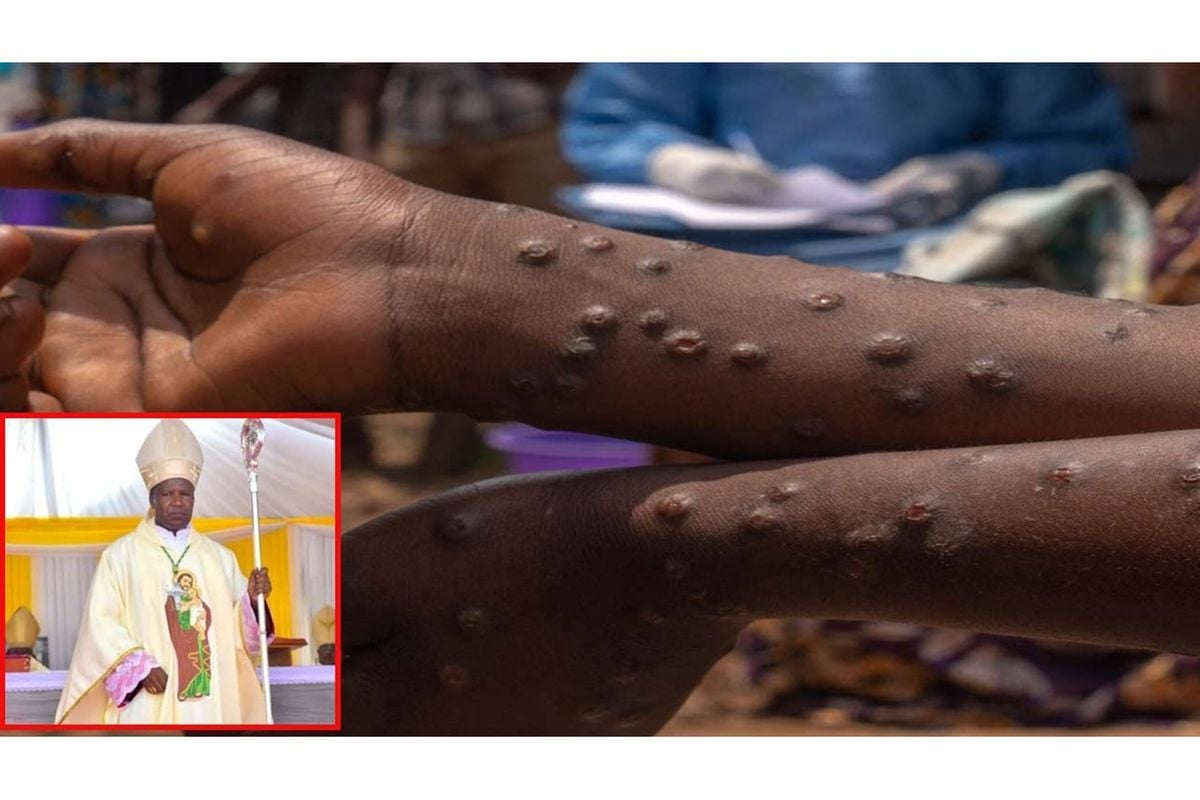Dar es Salaam. Tume ya Nguvu za Atomic Tanzania (TAEC) imezuia matukio 17 yaliyohusiana na mionzi ambayo yalikuwa na uwezekano wa kuleta madhara makubwa kwa jamii, endapo wasingeingilia kati.
Matukio ambayo wameyazuia ni utumikaji wa urani kwenye mazao kwa ajili ya kuua wadudu na uingizwaji wa kifaa kizito cha mionzi ambacho hakijatajwa, kilichokuwa kinatafutiwa mteja.
Hayo yameelezwa leo Aprili 29, 2024 na Mkurugenzi Mtendaji wa TAEC, Profesa Lazaro Busagala kwenye mkutano wa wahariri na waandishi wa habari uliofanyika jijini Dar es Salaam.
“Ilitokea mwananchi fulani akapata urani kutoka mahali fulani akaanza kuuza kwa wakulima ili waweke kwenye mazao ya nafaka kwa lengo la kuzuia uharibifu wa mazao, ikawa ni biashara inayoendelea kwa hiyo kwa kushirikiana na vyombo vya ulinzi na usalama tulizima hili, ina maana watu wangekula mionzi na kupata madhara makubwa,” amesema.
Akielezea kisa kingine Profesa Busagala amesema: “Ilitokea mtu fulani akakamatwa na kifaa kizito kinachotoa mionzi, halafu akitafuta wateja awauzie. Akalala na kifaa hicho, baada ya siku chache kama wiki mbili vyombo vya usalama na ulinzi wakakikamata kwa kushirikiana na sisi. Yule mtu akafariki baada ya wiki mbili, ina maana angewauzia watu wengine, kingeendelea kuketa madhara.”
Amasema, “tumepewa dhamana ya kuwakinga wananchi na madhara ya mionzi, hivyo tunafanya jitihada kubwa kwa kushirikiana na vyombo vya usalama kuhakikisha hakuna madhara yanayotokana na mionzi kwa jamii.”
Amesema katika kudhibiti matumizi salama ya mionzi TAEC imefanikiwa kuongeza idadi ya wanaopewa leseni za kutoa huduma za mionzi kwa asilimia 102, yaani kutoka leseni 297 kwa 2016/17 hadi wastani wa 767 kwa mwaka 2022/23.
“Tumesajili wataalamu wa mionzi 1,289 wa kutoa huduma ya mionzi kwa wagonjwa, kutengeneza, kukarabati na kuendesha vifaa vya nyuklia, jambo ambalo halikufanyika kipindi cha nyuma,” amesema Profesa Busagala.
Pia amesema wamekuwa na juhudi za kusimamia udhibiti wa matumizi salama ya mionzi ili kuepuka madhara yake.
Amesema mwaka 2022/23 jumla kaguzi 971 zilifanyika ukilinganisha na kaguzi 244 kwa mwaka 2016/17 ikiwa ni ongezeko la asilimia 298, ambazo ni kaguzi nyingi kuliko kiwango cha kimataifa.
Amesema wataendelea kuboresha udhibiti wa matumizi salama ya mionzi na miundombinu ya teknolojia ya nyuklia, kuweka na kuboresha kanuni na sheria ili kuwaweka Watanzania salama zaidi dhidi ya madhara ya mionzi na teknolojia ya nyuklia.
Vilevile, tume hiyo imedhamiria kuongeza usalama kwenye kilimo kama vile uboreshaji wa mbegu kwa kutumia teknolojia ya atomu.
Kuhusu matumizi ya nyuklia katika uzalishaji wa umeme, Profesa Busagala amesema endapo kutakuwa na umuhimu wa kuitumia kwenye nishati hiyo, maamuzi yanaweza kufanyika na wakaingiza kwenye mradi.
Katika kupata fursa zaidi za sayansi na teknolojia ya nyuklia na kuwalinda wananchi na mazingira dhidi ya madhara ya mionzi, Serikali imeongeza bajeti ya utafiti kwa TAEC hadi kufikia Sh450 milioni katika mwaka wa fedha 2023/2024.
Kuhusu matumizi ya microwave, amesema wataalamu wanasema aina yoyote ya kupika chakula iwe ni kuchemsha kwa kawaida au kuoka inaathiri virutubisho vya chakula na aina ya upikaji huo inaweza kuathiri sana au kidogo na inategemeana ni chakula gani unakipika.
Akitoa mfano wa mboga za majani almesema zina vitamini C nyingi zaidi na inayeyuka kirahisi kwenye maji, kwa hiyo kitaalamu inatakiwa kukaangwa, ikichemshwa Vitamini C inapotea.
“Kwa hiyo matumizi ya ‘microwave’ inatumia mionzi sambayo ina tabia ya kutoa joto, kwa hiyo inapotoa joto ni sawasawa na maji yangetoa joto, kwa hiyo itaharibu virutubisho kwa namna yoyote,” amesema.
Source: mwananchi.co.tz

